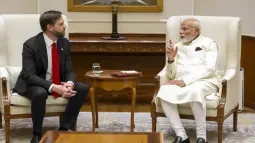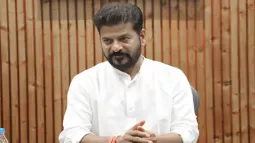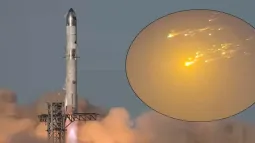
US President Donald Trump won partial victory over the Panama Canal. US Defense Secretary Pete Hegsey and Panamanian Public Security Minister Frank Alex have reached a deal, abolishing all fees the country is charging on American warships for the right to pass through the canal.
Defense Secretary Hegsey confirmed that the US will not have to pay any more for the warships that pass through the canal and this will cut the cost that the US Government had to bear significantly. Furthermore, Hegsey lauded the efforts of Panama in curbing illegal immigration. Thus, official confirmation from the US State Department
The US State Department confirmed this by posting a statement on X, formerly known as Twitter. The statement says, "US government ships are now allowed free passage through the Panama Canal." Though Panama earlier had made some concessions to the US, these agreements have strengthened those benefits. Secretary of State Rubio announced them in a press release on Sunday.
Trump's Strict Policy over the Panama Canal
Since the November election, Trump has continually threatened to retake the Panama Canal, and even mentioned he would use the military if necessary. This statement has been taken with great alarm in Panama, a country dependent on the operations of the canal.
The Panama Canal accounts for 40% of US container cargo. President Trump's and Secretary Rubio's recent criticisms of Chinese investment in Panamanian ports prompted Panamanian President Jose Raul Molino to heed this pressure; he promised to review and renegotiate contracts more connected to China's BRI.
Although reluctant, Trump has been somewhat accommodating due to concessions from Panama.
US and the Panama Canal Historical
The US completed the Panama Canal in 1914, allowing for a considerably reduced time shipping between the Atlantic and Pacific Oceans. Controlling the operation of the canal was one source of contention when its management went from being placed under US operations to Panama by President Jimmy Carter in 1977. There were two guarantees set in that agreement: The canal would always be neutral; if it's not, then the US maintains the right to intervene. Since then, Panama has invested heavily in the canal's development, maintaining its global significance.














